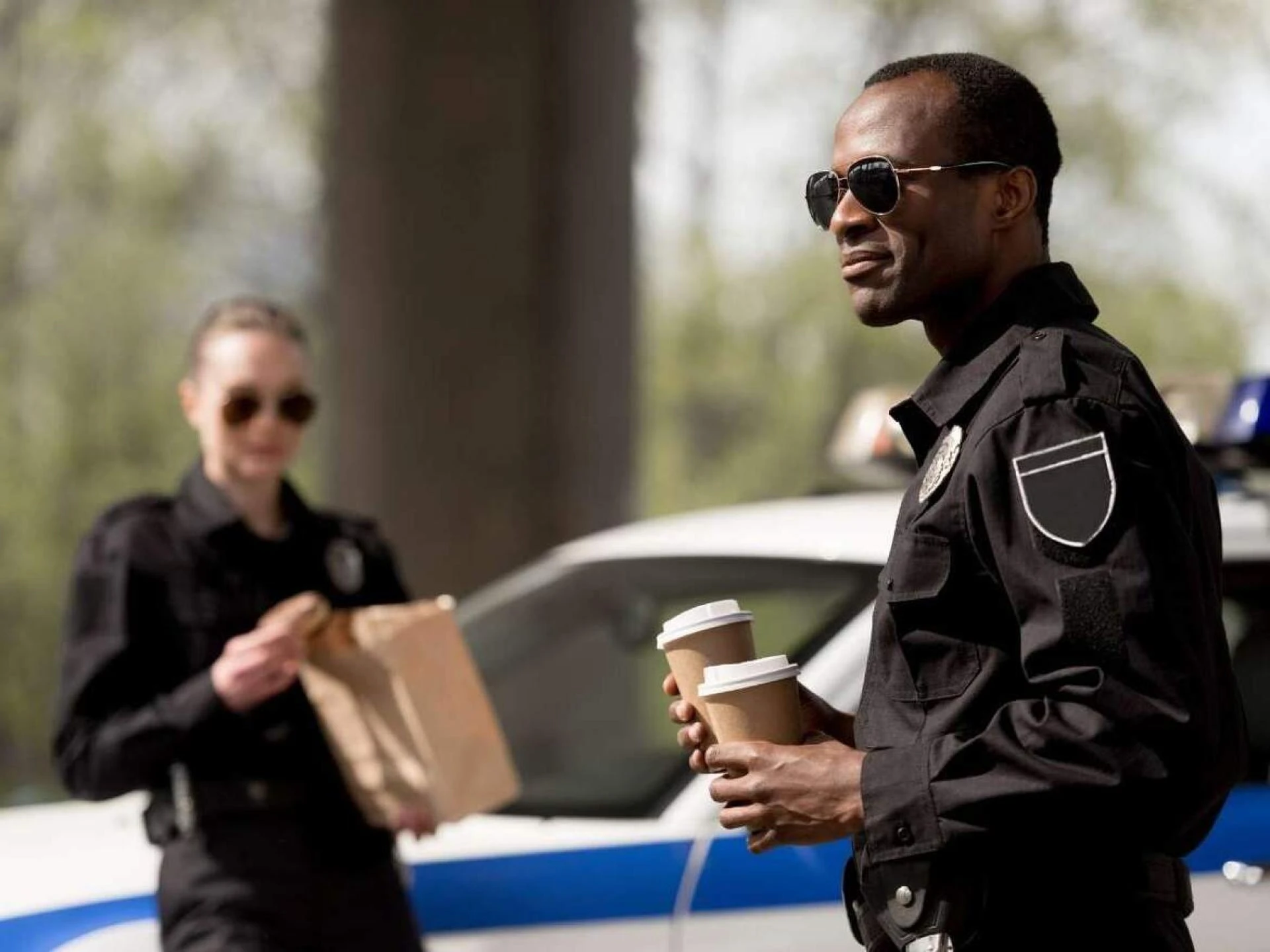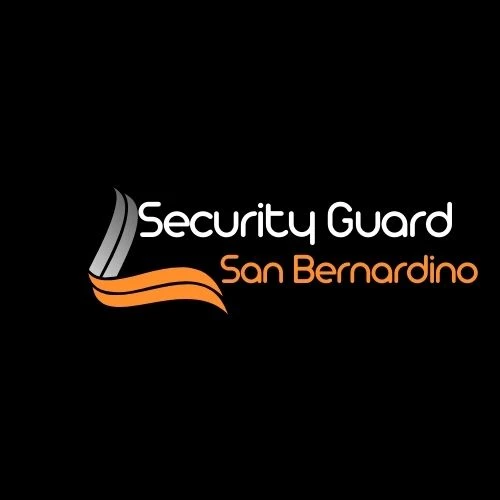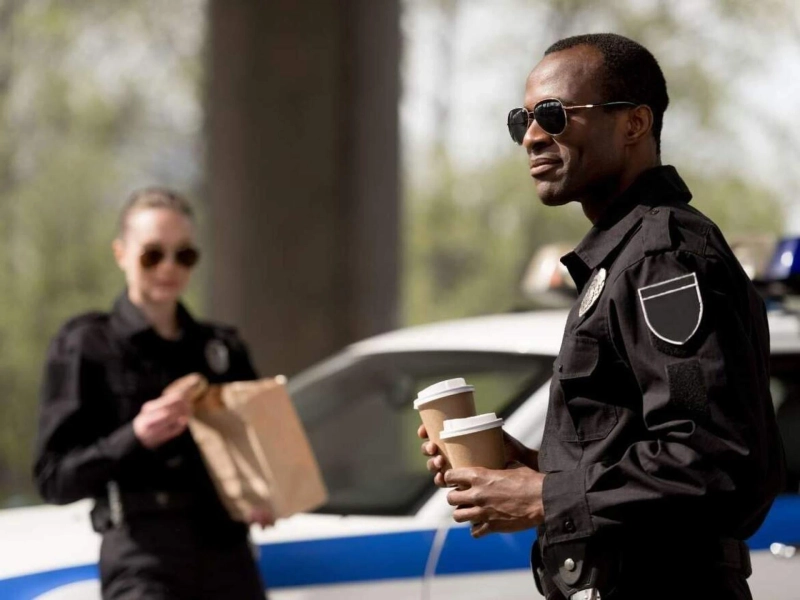Patrol security guards have always been a vital component of safety and protection services, acting as the eyes and ears of an organization on the ground. However, the way patrols are conducted has evolved significantly with the advancement of technology. Today, modern security patrols are not only about presence and observation but also about leveraging cutting-edge tools to enhance effectiveness, accountability, and real-time responsiveness.

Technological integration has transformed the traditional role of patrol security guards from passive observers into proactive, data-driven operators. The use of real-time tracking, digital reporting, and surveillance technologies has increased transparency and efficiency in patrol operations. Organizations that invest in high-tech patrol solutions benefit from improved incident response, better documentation, and heightened deterrence. Understanding the technologies that support effective patrols is key to appreciating their modern capabilities.
GPS Tracking and Real-Time Location Monitoring
One of the most important advancements in patrol security is GPS tracking. Security companies now equip their guards with devices or apps that allow supervisors to monitor their location in real-time. This ensures that patrols are being conducted as planned and that guards can be deployed quickly to areas where they are needed most. It also enhances safety by allowing immediate location verification in case of emergencies.
Real-time monitoring also enables more strategic coverage of a property. For example, security managers can analyze patrol routes and frequencies using heat maps to ensure that all vulnerable areas are being adequately monitored. This data-driven approach helps optimize staffing and coverage, reducing the likelihood of blind spots. GPS tracking isn’t just about oversight—it’s about making patrols more targeted, responsive, and effective.
Mobile Patrol Apps and Digital Reporting
Mobile patrol apps have replaced handwritten logbooks and outdated reporting systems. These applications allow guards to file incident reports, capture photos, upload videos, and log patrol checkpoints using smartphones or tablets. With these tools, information is captured in real time and can be instantly shared with supervisors, clients, or emergency services.
This digital transformation enhances accuracy and accountability. Reports are time-stamped, geotagged, and stored securely in cloud-based systems, reducing the risk of falsified or lost data. Additionally, customizable checklists and templates within these apps help standardize reporting procedures across teams. The result is streamlined communication, quicker decision-making, and a professional level of service that clients can rely on.
RFID and NFC Checkpoint Systems
Another key technology that supports patrol operations is the use of RFID (Radio-Frequency Identification) or NFC (Near-Field Communication) checkpoints. These are physical tags placed at specific locations throughout a property. Security guards scan these tags with a device or smartphone app to prove they’ve visited each point during a patrol.
This system provides tangible proof of patrol activity and helps verify that guards are following the prescribed routes. In cases where a checkpoint is missed, the system can trigger alerts so that supervisors can immediately investigate. It also helps identify patterns—such as frequently skipped areas—that may need further attention or adjustment. Overall, RFID and NFC systems enhance patrol reliability and provide valuable insights for performance analysis.
Body-Worn Cameras and Video Documentation
Body-worn cameras have become an increasingly common tool in patrol security, offering an extra layer of transparency and safety. These devices record interactions, incidents, and even routine patrols, providing visual evidence that can be used for investigations, training, and legal purposes. Cameras also promote accountability, as guards are more likely to follow protocol when they know their actions are being recorded.
For high-risk environments, body cameras offer critical evidence in case of disputes or allegations. Footage can help clarify the sequence of events, protect guards from false claims, and support enforcement actions. Combined with cloud storage and encrypted access, video documentation can be securely stored and retrieved as needed. The presence of cameras also acts as a deterrent, reducing the likelihood of aggressive behavior or policy violations during patrols.
Integrated Surveillance and Alert Systems
Modern patrol operations are often linked with centralized surveillance and alarm systems. Guards may receive real-time alerts about unauthorized access, fire alarms, or unusual activities detected by motion sensors or surveillance cameras. This integration allows patrol teams to respond to threats faster and more accurately.
Some systems include facial recognition or license plate readers that trigger alerts when specific individuals or vehicles are detected. These advanced capabilities turn security patrols into proactive responders rather than passive observers. With access to a central dashboard or mobile interface, patrol guards can coordinate with control rooms, check live camera feeds, and respond strategically. The fusion of human presence and technology ensures broader situational awareness and faster incident resolution.
Communication Tools and Emergency Connectivity
Reliable communication is vital for effective patrol operations. Security guards now use encrypted radios, smartphones with dedicated apps, and hands-free communication tools to stay in constant contact with control centers. These tools help coordinate movements, report incidents, and request assistance immediately when needed.
Some advanced systems feature panic buttons or duress alerts that send automatic location-based signals to supervisors or local authorities when activated. This capability is particularly important for lone workers or guards patrolling large or isolated areas. Rapid communication not only enhances operational efficiency but also protects the wellbeing of security personnel. Modern tools ensure that guards are never truly alone, even when working independently in the field.
Conclusion: Technology as a Force Multiplier in Patrol Security
The integration of technology into patrol security has fundamentally changed the landscape of protection services. What was once a manual and reactive job has become a dynamic, proactive, and data-driven discipline. GPS tracking, digital reporting, surveillance integration, and communication tools all work together to maximize the effectiveness, safety, and transparency of patrol operations.
Technology doesn’t replace the need for human judgment and presence—it enhances it. By equipping patrol guards with the right tools, security companies can provide higher-quality service, respond more quickly to threats, and offer stronger accountability to clients. As threats become more complex and expectations for safety rise, the role of technology in security patrols will only continue to grow. For organizations looking to strengthen their security posture, investing in tech-enabled patrol solutions is a clear and essential step forward.


